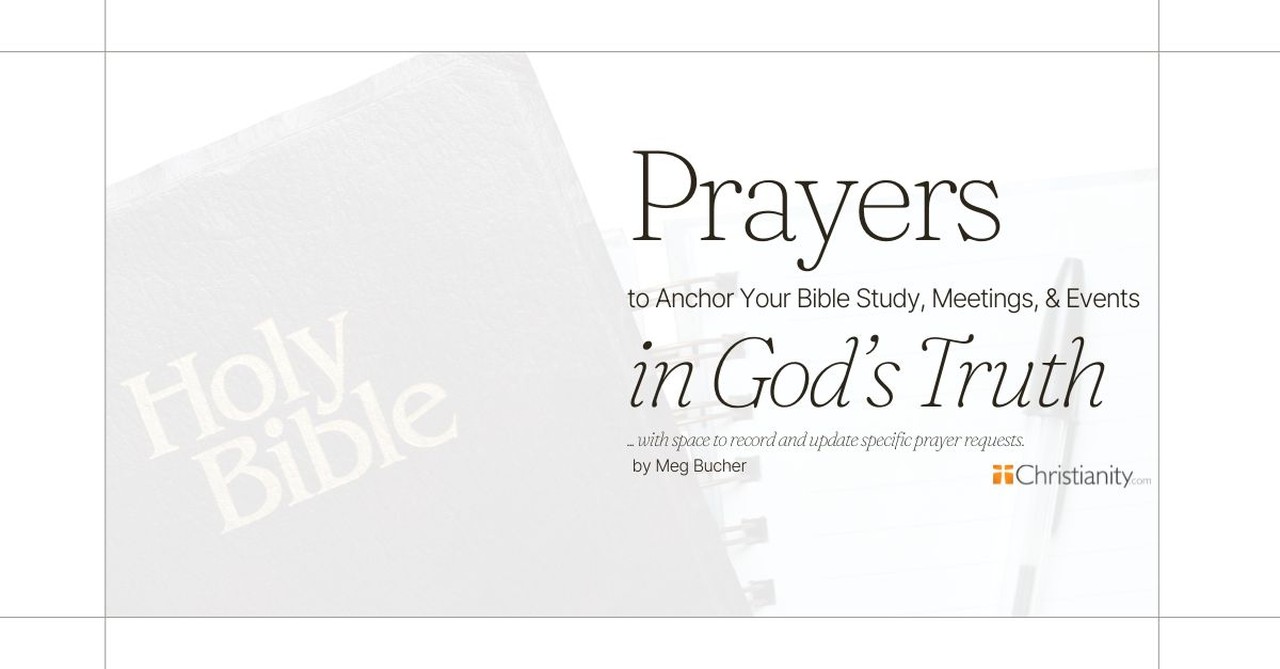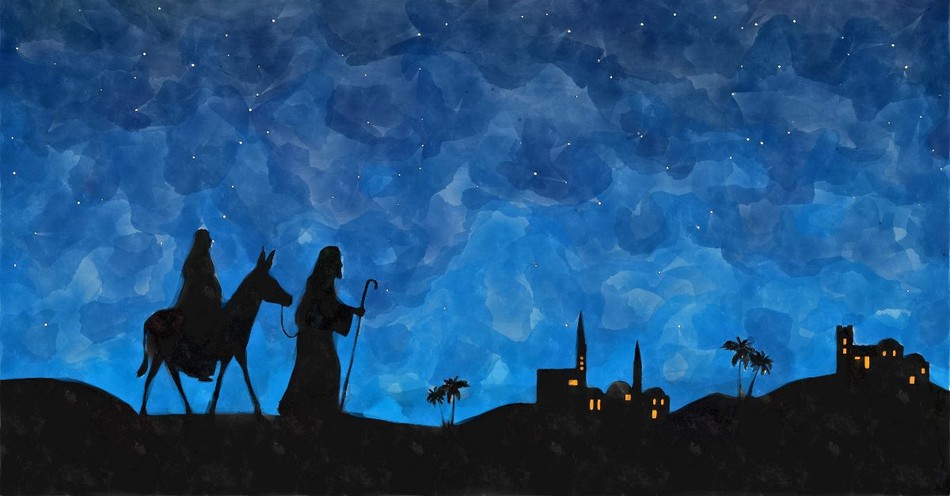Exodus 28:9-36
9 "Take two onyx stones, and engrave on them the names of the tribes of Israel. 10 Six names will be on each stone, arranged in the order of the births of the original sons of Israel. 11 Engrave these names on the two stones in the same way a jeweler engraves a seal. Then mount the stones in settings of gold filigree. 12 Fasten the two stones on the shoulder-pieces of the ephod as a reminder that Aaron represents the people of Israel. Aaron will carry these names on his shoulders as a constant reminder whenever he goes before the Lord . 13 Make the settings of gold filigree, 14 then braid two cords of pure gold and attach them to the filigree settings on the shoulders of the ephod.
15 "Then, with great skill and care, make a chestpiece to be worn for seeking a decision from God. Make it to match the ephod, using finely woven linen embroidered with gold and with blue, purple, and scarlet thread. 16 Make the chestpiece of a single piece of cloth folded to form a pouch nine inches square. 17 Mount four rows of gemstones on it. The first row will contain a red carnelian, a pale-green peridot, and an emerald. 18 The second row will contain a turquoise, a blue lapis lazuli, and a white moonstone. 19 The third row will contain an orange jacinth, an agate, and a purple amethyst. 20 The fourth row will contain a blue-green beryl, an onyx, and a green jasper. All these stones will be set in gold filigree. 21 Each stone will represent one of the twelve sons of Israel, and the name of that tribe will be engraved on it like a seal. 22 "To attach the chestpiece to the ephod, make braided cords of pure gold thread. 23 Then make two gold rings and attach them to the top corners of the chestpiece. 24 Tie the two gold cords to the two rings on the chestpiece. 25 Tie the other ends of the cords to the gold settings on the shoulder-pieces of the ephod. 26 Then make two more gold rings and attach them to the inside edges of the chestpiece next to the ephod. 27 And make two more gold rings and attach them to the front of the ephod, below the shoulder-pieces, just above the knot where the decorative sash is fastened to the ephod. 28 Then attach the bottom rings of the chestpiece to the rings on the ephod with blue cords. This will hold the chestpiece securely to the ephod above the decorative sash. 29 "In this way, Aaron will carry the names of the tribes of Israel on the sacred chestpiece over his heart when he goes into the Holy Place. This will be a continual reminder that he represents the people when he comes before the Lord . 30 Insert the Urim and Thummim into the sacred chestpiece so they will be carried over Aaron's heart when he goes into the Lord 's presence. In this way, Aaron will always carry over his heart the objects used to determine the Lord 's will for his people whenever he goes in before the Lord .
31 "Make the robe that is worn with the ephod from a single piece of blue cloth, 32 with an opening for Aaron's head in the middle of it. Reinforce the opening with a woven collar so it will not tear. 33 Make pomegranates out of blue, purple, and scarlet yarn, and attach them to the hem of the robe, with gold bells between them. 34 The gold bells and pomegranates are to alternate all around the hem. 35 Aaron will wear this robe whenever he ministers before the Lord, and the bells will tinkle as he goes in and out of the Lord 's presence in the Holy Place. If he wears it, he will not die. 36 "Next make a medallion of pure gold, and engrave it like a seal with these words: HOLY TO THE Lord .




Matthew Henry's Commentary on Exodus 28:9-36
Commentary on Exodus 28:6-14
(Read Exodus 28:6-14)
This richly-wrought ephod was the outmost garment of the high priest; plain linen ephods were worn by the inferior priests. It was a short coat without sleeves, fastened close to the body with a girdle. The shoulder-pieces were buttoned together with precious stones set in gold, one on each shoulder, on which were engraven the names of the children of Israel. Thus Christ, our High Priest, presents his people before the Lord for a memorial. As Christ's coat had no seam, but was woven from the top throughout, so it was with the ephod. The golden bells on this ephod, by their preciousness and pleasant sound, well represent the good profession that the saints make, and the pomegranates the fruit they bring forth.
Commentary on Exodus 28:15-30
(Read Exodus 28:15-30)
The chief ornament of the high priest, was the breastplate, a rich piece of cloth, curiously worked. The name of each tribe was graven in a precious stone, fixed in the breastplate, to signify how precious, in God's sight, believers are, and how honourable. How small and poor soever the tribe was, it was as a precious stone in the breastplate of the high priest; thus are all the saints dear to Christ, however men esteem them. The high priest had the names of the tribes, both on his shoulders and on his breast, which reminds us of the power and the love with which our Lord Jesus pleads for those that are his. He not only bears them up in his arms with almighty strength, but he carries them in his bosom with tender affection. What comfort is this to us in all our addresses to God! The Urim and Thummim, by which the will of God was made known in doubtful cases, were put in this breastplate. Urim and Thummim signify light and integrity. There are many conjectures what these were; the most probable opinion seems to be, that they were the twelve precious stones in the high priest's breastplate. Now, Christ is our Oracle. By him God, in these last days, makes known himself and his mind to us, Hebrews 1:1,2; John 1:18. He is the true Light, the faithful Witness, the Truth itself, and from him we receive the Spirit of Truth, who leads into all truth.
Commentary on Exodus 28:31-39
(Read Exodus 28:31-39)
The robe of the ephod was under the ephod, and reached down to the knees, without sleeves. Aaron must minister in the garments appointed. We must serve the Lord with holy fear, as those who know they deserve to die. A golden plate was fixed on Aaron's forehead, engraven with "Holiness to the Lord." Aaron was hereby reminded that God is holy, and that his priests must be holy, devoted to the Lord. This must appear in their forehead, in open profession of their relation to God. It must be engraven like the engravings of a signet; deep and durable; not painted so as to be washed off, but firm and lasting; such must our holiness to the Lord be. Christ is our High Priest; through him sins are forgiven to us, and not laid to our charge. Our persons, our doings, are pleasing to God upon the account of Christ, and not otherwise.